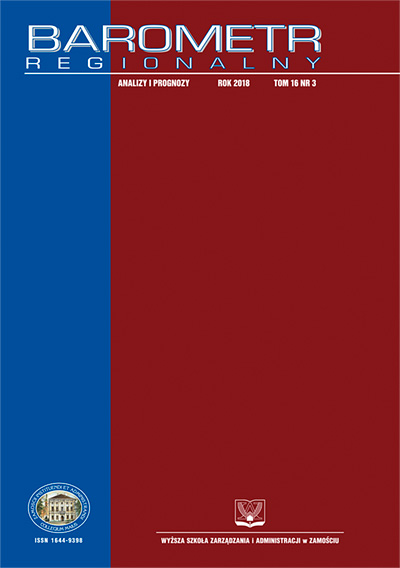Concept of Resilience and Development of Small Towns and Rural Area
Concept of Resilience and Development of Small Towns and Rural Area
Author(s): Elżbieta StrzeleckaSubject(s): Politics, Economy, Law, Constitution, Jurisprudence, International Law, Economic policy, Government/Political systems, Economic development, Public Finances
Published by: Akademia Zamojska
Keywords: urban resilience;rural resilience;local and regional development;revitalization;Cittaslow city network
Summary/Abstract: The aim of this article is to use a new research concept, referred to as resilience, in rural development (rural resilience) in the context of the often discussed concept of urban resilience. The concept of urban resilience is recognized as a tool for strategic diagnosis and monitoring of cities. In studies of urban resilience for cities of various sizes, quantitative research is most often used. The author, on the basis of literature discussions and own research, presents the use of qualitative research in the assessment of urban resilience for the national network of Cittaslow cities. The concept of urban resilience refers to “a resilient city”, especially in the case of a collective criterion (i.e., urban quality policy). Seven groups of criteria in the matrix of urban development self-assessment are the basis for the evolutionary changes in the resilience of individual cities and the entire network. In the case of Cape Clear Island in Ireland, qualitative research of rural resilience was based on global indicators of economic, social and environmental capital proposed by Wilson. Despite the subjectivism of respondents, results of qualitative research allow for making strategic decisions for the purposes of obtaining specific development balance points and selecting specific paths for the Island’s development. Both quantitative and qualitative research — their practical dimension — should be used to build community resilience.
Journal: Barometr Regionalny. Analizy i Prognozy
- Issue Year: 16/2018
- Issue No: 3
- Page Range: 121-130
- Page Count: 10
- Language: English

